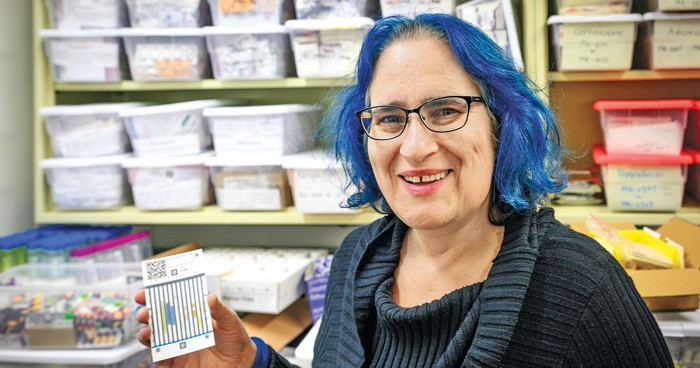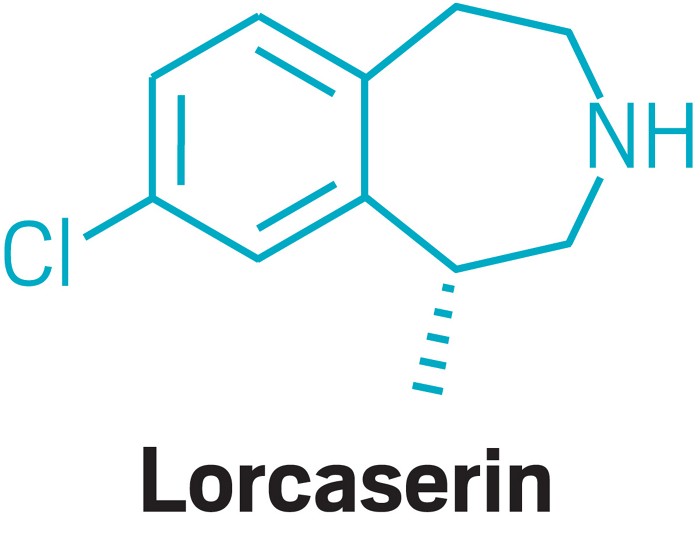Advertisement
Grab your lab coat. Let's get started
Welcome!
Welcome!
Create an account below to get 6 C&EN articles per month, receive newsletters and more - all free.
It seems this is your first time logging in online. Please enter the following information to continue.
As an ACS member you automatically get access to this site. All we need is few more details to create your reading experience.
Not you? Sign in with a different account.
Not you? Sign in with a different account.
ERROR 1
ERROR 1
ERROR 2
ERROR 2
ERROR 2
ERROR 2
ERROR 2
Password and Confirm password must match.
If you have an ACS member number, please enter it here so we can link this account to your membership. (optional)
ERROR 2
ACS values your privacy. By submitting your information, you are gaining access to C&EN and subscribing to our weekly newsletter. We use the information you provide to make your reading experience better, and we will never sell your data to third party members.
Drug Safety
Chemistry In Pictures
Chemistry in Pictures: Toxin testing ring
by Laurel Oldach
March 6, 2024

It may look like an ancient codex, but this intricately patterned plate has a modern purpose. Manufacturers must test injected drugs for endotoxins, bacterial contaminants that can cause serious reactions if they enter a person’s bloodstream. The current best practice uses hemolymph—the arthropod equivalent of blood—from horseshoe crabs: not a very sustainable solution. The plate shown here uses microfluidics and pre-loaded reagents to run endotoxin tests using only a tenth as much hemolymph as other assays. Users simply pipette their samples into wells in the outer ring of the plate, then load it into a rotary plate reader. The system’s manufacturers at Veolia say they’re working on updating it to work with completely crab-free toxin testing reagents that are becoming available.
Do science. Take pictures. Win money. Enter our photo contest here.





Join the conversation
Contact the reporter
Submit a Letter to the Editor for publication
Engage with us on Twitter